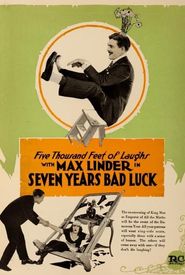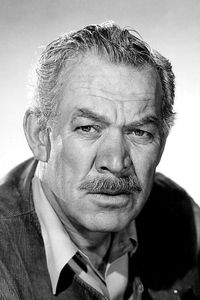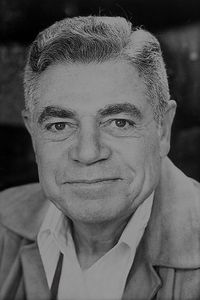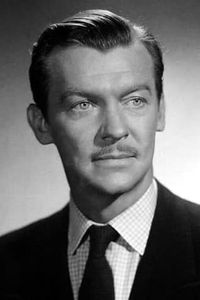Max Linder, a trailblazing figure in the realm of silent comedy, frequently eludes the attention of enthusiasts of the genre, despite being a profound inspiration to Charlie Chaplin, Buster Keaton, and Harold Lloyd. Indeed, Linder preceded these iconic comedians by a considerable margin, and his contributions were instrumental in fashioning the timeless aesthetic of silent slapstick comedy.
Prior to ascending to the pinnacle of success as a celebrated film comedian, Linder initially pursued a career as a thespian in the French theatre, laying the groundwork for his future accomplishments. The year 1905 served as the catalyst for his rapid ascent to fame, as his inaugural screen appearance marked the beginning of a trajectory that would propel him to unprecedented heights of stardom. His iconic character, "Max", a debonair gentleman distinguished by his top hat, captivated the hearts of audiences on both sides of the Atlantic, leaving an indelible mark on the world of cinema. By 1912, Linder had achieved unparalleled success, earning the distinction of being the highest-paid film star in the world, with a salary of one million francs that was a testament to his immense popularity and enduring appeal.
Notably, Linder's impressive acting abilities were merely the tip of the iceberg, as he also showcased an extraordinary aptitude for filmmaking, embarking on a directing career in 1911. This remarkable dual talent, allowing him to effortlessly excel in both acting and directing roles, served as a resounding testament to his remarkable versatility and unwavering dedication to his craft.
Linder's professional trajectory was irreparably disrupted when he was compelled to participate in the global conflict that ravaged the world during the early 20th century, specifically World War I.
The noxious gas attacks he was exposed to during his time on the battlefield had a profound and lasting impact on his health, leaving him with a chronic affliction that would continue to influence his career trajectory for the remainder of his life.
As a result of this traumatic experience, Linder's artistic endeavors were forever altered, his creative output forever marked by the scars of war.
Despite being presented with a lucrative contract in the United States, the persistent health problems that had plagued him throughout his career continued to thwart Linder's efforts to recapture the extraordinary creative momentum he had previously achieved in France, leaving his artistic trajectory stagnant and his early accomplishments seeming like a distant memory.
As the years went by, Linder's physical well-being began to deteriorate at an alarming rate, leading him to become increasingly beset by a plethora of debilitating health issues that threatened to consume his life.
Despite his valiant efforts to cope with his plight, Linder's health continued to decline precipitously, leaving him no choice but to confront the harsh reality that his days were numbered.
In a final, desperate bid to find some measure of peace and relief from his suffering, Linder made the heart-wrenching decision to join his wife in a suicide pact, a tragic and devastating act that would ultimately seal their fate.
Their decision to take their own lives was a testament to the profound despair and hopelessness that had consumed them, leaving behind only the faintest glimmer of a life once full of promise and potential.
This poignant and tragic episode serves as a stark reminder of the devastating consequences that can result from the crushing weight of unbearable suffering, and the desperate measures that people may resort to in order to escape the abyss of pain and misery.























